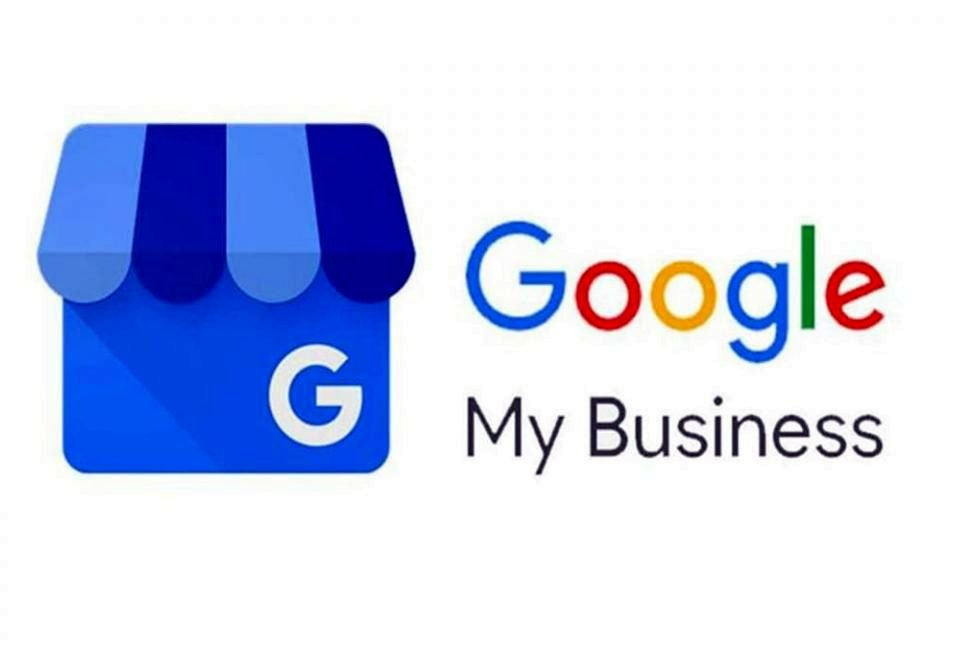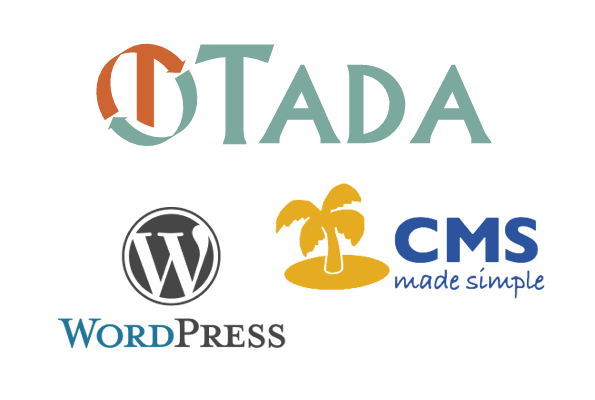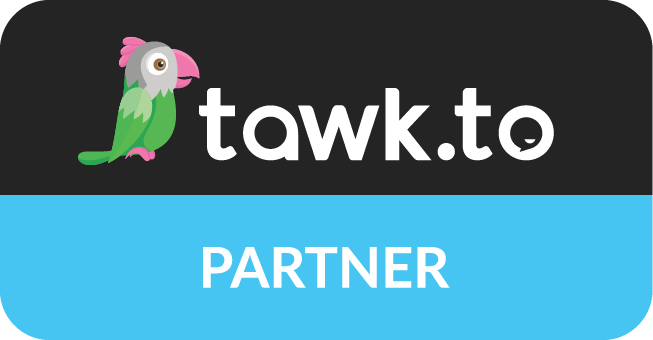Working Smarter: Practical Strategies for Your Business
Beyond the Inbox: Professional Email and Integrated Tools for Your Organization.
Every business owner and manager knows the challenge: staying organized, communicating effectively, and collaborating seamlessly can sometimes feel like a juggling act. From tracking client inquiries to drafting important proposals, there's always a lot on your plate. As a small web design firm, we're constantly fine-tuning our own efficiency and productivity, and we often get asked by our clients for recommendations on how to best handle their email and everyday digital operations, often without spending a fortune.
At Totera, we're big believers in leveraging the right tools to simplify everyday processes.
Today, I want to share some practical insights into how Google Workspace, a suite of integrated applications, has genuinely streamlined our workflows and provide real-world examples of tools you can use to empower your small business.

While many businesses first think of
Workspace as a robust Gmail solution, let me show you how its other powerful tools work together as an incredible bonus to help you achieve more, with less effort. Let's explore how you can make
Google Workspace a powerful ally in your business journey.
Elevate Your Organization's Communication: Starting with Email
Need a practical email solution? When most people think of Google Workspace, Gmail is often the first thing that comes to mind. And while it's certainly the cornerstone of email communication, its power for small businesses extends far beyond simply sending and receiving messages. Think of it not just as an inbox, but as an integrated communication hub.
Gmail offers clever features to help you cut through the noise. Have you ever started typing an email and Gmail finished your sentence? That's Smart Compose at work, saving you precious seconds. Similarly, Smart Reply suggests quick responses to common queries, helping you clear your inbox faster.
But the real magic happens when Gmail connects with your other Workspace tools. Imagine an email comes in about a new project. With a few clicks, you can turn that email directly into a task in Google Tasks, or even schedule a follow-up meeting in Google Calendar, all without leaving your inbox. This seamless integration means less jumping between applications and more focus on your clients.

Effective email organization is also key. With Gmail's labels and filters, you can set up automated rules to sort incoming messages, prioritize important client communications, or archive newsletters for later reading. And when you need to find that one specific email from months ago, Gmail's powerful search function can pinpoint it in seconds, saving you from endless scrolling. It truly becomes a central point for managing your client relationships and internal communications efficiently.
Google Sheets: Your Go-To for Organized Data Tracking
When it comes to keeping tabs on important business information, a well-structured spreadsheet can be your best friend. Google Sheets offers a remarkably flexible and powerful way to manage data, and it's particularly effective for tasks like tracking website contact submissions. (Full disclosure: I'm a total spreadsheet nerd, and I use Google Sheets for everything from staff and project time-tracking to home projects, so I truly appreciate its versatility!)
Imagine this scenario: inquiries are coming in through your website's contact form. Instead of relying on individual emails that can easily get lost, you can set up a Google Sheet to be your central hub for all these submissions. Each new inquiry can populate a new row, allowing you to quickly see essential details like the contact's name, email, the date of submission, and their area of interest. You can even add columns for "Follow-Up Date" or "Status" (e.g., "New," "Contacted," "Proposal Sent," "Closed") to keep your team aligned.

What makes Google Sheets truly shine is its collaborative nature. If you have a team, even if it's just you and a virtual assistant, everyone can view and update the same sheet in real-time. No more emailing different versions back and forth or wondering if you're looking at the most current information. You can see who made changes and when, and even revert to previous versions if needed. This real-time access ensures everyone is always working with the latest data.
You can also use simple features like
conditional formatting to visually highlight important entries – perhaps new submissions that haven't been responded to yet, or overdue follow-ups. While the idea of spreadsheets might seem daunting to some, the beauty of Google Sheets is how approachable it is for these kinds of practical, everyday business needs, turning a potential data mess into an organized, actionable asset.
Google Docs: Collaborative Powerhouse for Proposals and Beyond
Beyond individual tasks, much of a small business's success hinges on effective teamwork, even if your "team" is just you and a freelance designer or a marketing specialist. This is where Google Docs truly shines, transforming the way you create and refine important documents like client proposals.
Think about the traditional way of drafting a proposal: one person writes, then saves it, emails it to someone else for review, who then makes changes, saves it as a new version, and emails it back. It quickly becomes a tangled mess of "final_v2," "final_final," and "this_is_the_real_final_one" documents.
Google Docs eliminates this headache entirely. With Docs, multiple people can work on the exact same document at the exact same time, in real-time. You can see your colleague's cursor moving, watch their edits appear instantly, and even chat right within the document. This feature alone dramatically speeds up the proposal creation process, ensuring everyone is always working on the most current version.

Docs also has tools for streamlined feedback. You can use comments to ask questions or highlight specific sections, and suggestions to propose changes that the document owner can easily accept or reject. The version history feature means you can always look back at previous iterations, see who changed what, and even revert to an earlier version if needed – a true lifesaver for complex projects.
Whether it's a detailed client proposal, an internal process guide, or marketing copy for your website, Google Docs provides a flexible and efficient environment for creating and collaborating on all your written content. It's about working smarter, together.
What truly sets Google Workspace apart is not just the strength of its individual applications like Gmail, Sheets, or Docs, but how effortlessly they work together. This integration creates a streamlined flow that can genuinely transform your daily operations.
I've found this synergy invaluable in my own business. For instance, I have a few truly amazing spreadsheets that I've created in Google Sheets – they're the backbone of how we track everything from project progress to client onboarding. And the beauty is, these aren't isolated files; they connect directly with our other Workspace tools.
In fact, our team uses Google Chat all day, every day. It's become our go-to for quick questions that require immediate answers, and we've even integrated it directly into our project management software. This has virtually eliminated internal emails between our staff, saving even more time and keeping our projects moving forward efficiently.
Let's imagine a common scenario for a small business, mirroring how we often operate: a new client inquiry arrives through your website.
- That inquiry lands directly in your Gmail inbox, ready for a quick, professional reply.
- Crucially, the details from that inquiry can then be easily added to a central Google Sheet (like one of my "amazing" ones!), where my team and I have a shared, real-time overview of all potential clients.
- As we move forward, perhaps we need to draft a custom proposal for this new lead. We start a new document in Google Docs, inviting a colleague or a freelance expert to collaborate with us in real-time, leaving comments and suggestions as you go.
- Once the proposal is ready, we might use Google Calendar to schedule a virtual meeting with the client via Google Meet, sending the Docs link directly within the calendar invitation.
- And throughout this entire process, all our client communication, proposal drafts, and data tracking sheets are securely stored and easily accessible in Google Drive, your central hub for all your business files.
This seamless movement between tools means less administrative burden and more time focusing on what you do best: serving your clients and growing your business. It's about building efficient workflows that enable your business to operate with greater agility and professionalism.
Empowering Your Business with Integrated Tools
For us, Google Workspace is the core system we rely on, especially for its robust email capabilities that power our internal communications and client interactions.
But it goes beyond just email; the other integrated tools like Google Sheets (yes, those "amazing" ones for tracking everything!) and Google Docs for collaborative proposals transform how we manage our business daily.
Our goal is always to help businesses operate smarter, not harder. By embracing an integrated approach to your digital tools, you can reduce administrative friction, enhance team collaboration, and dedicate more valuable time to serving your clients and pursuing your business goals.
If you're ready to explore how a truly connected and powerful suite of tools could transform your business operations, starting with an excellent email solution, Workspace offers a robust and flexible foundation.

If you're ready to explore how a truly connected and powerful suite of tools could transform your business operations, starting with an excellent email solution, Workspace offers a robust and flexible foundation.
Click here to learn more and get started with Google Workspace.
If you have any questions or are ready to signup email me at frank@totera.com to get an exclusive discount when you try Google Workspace for your business.
